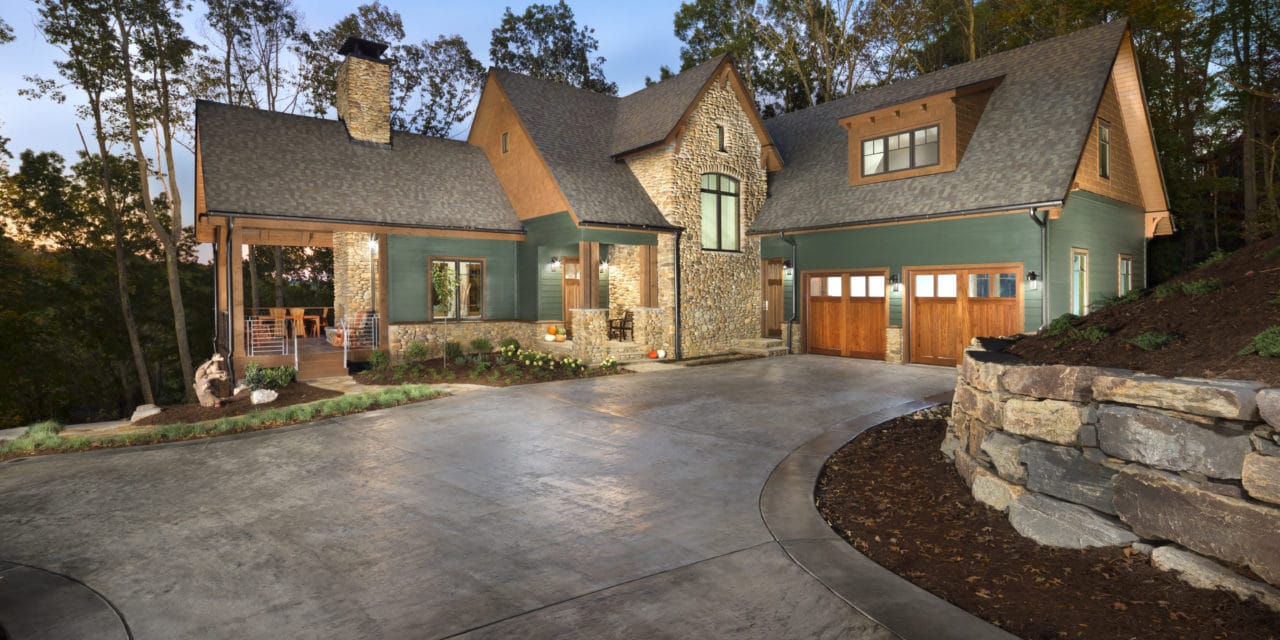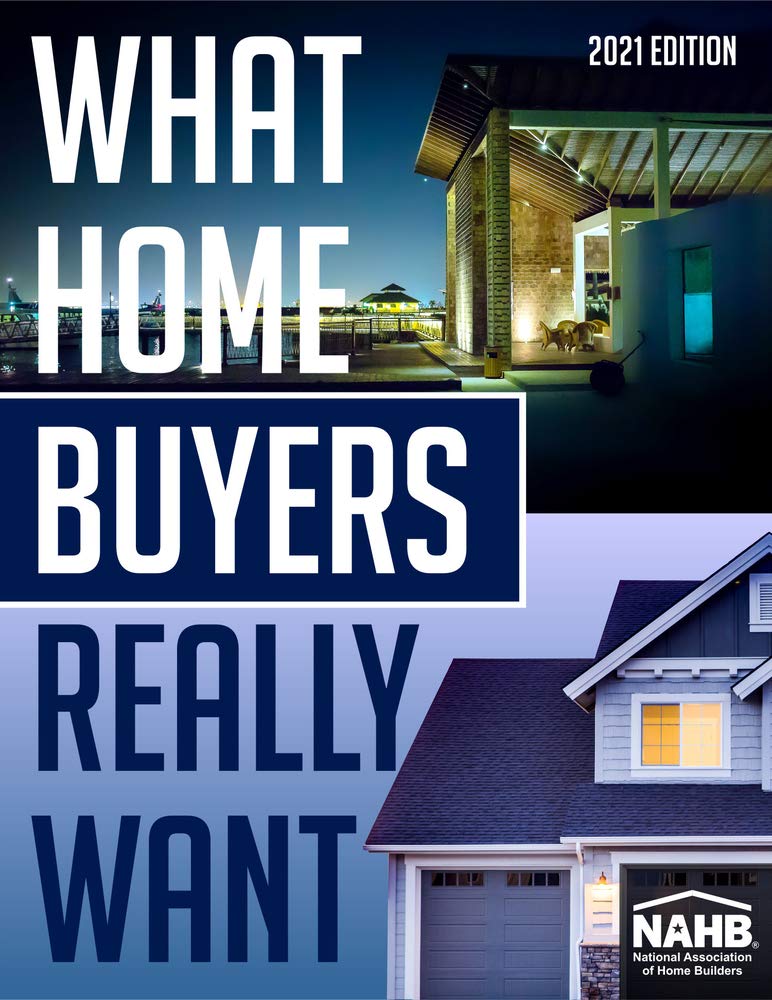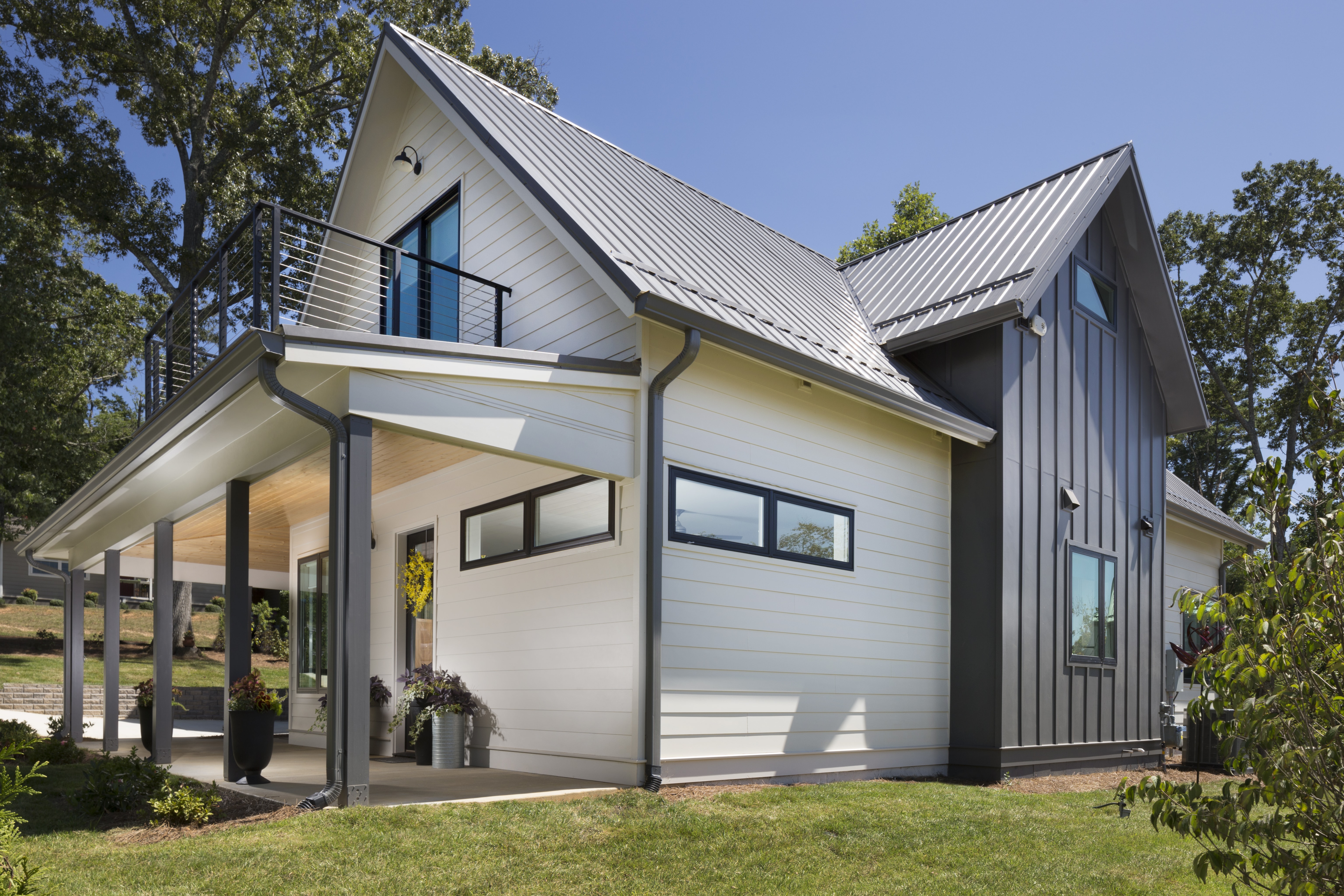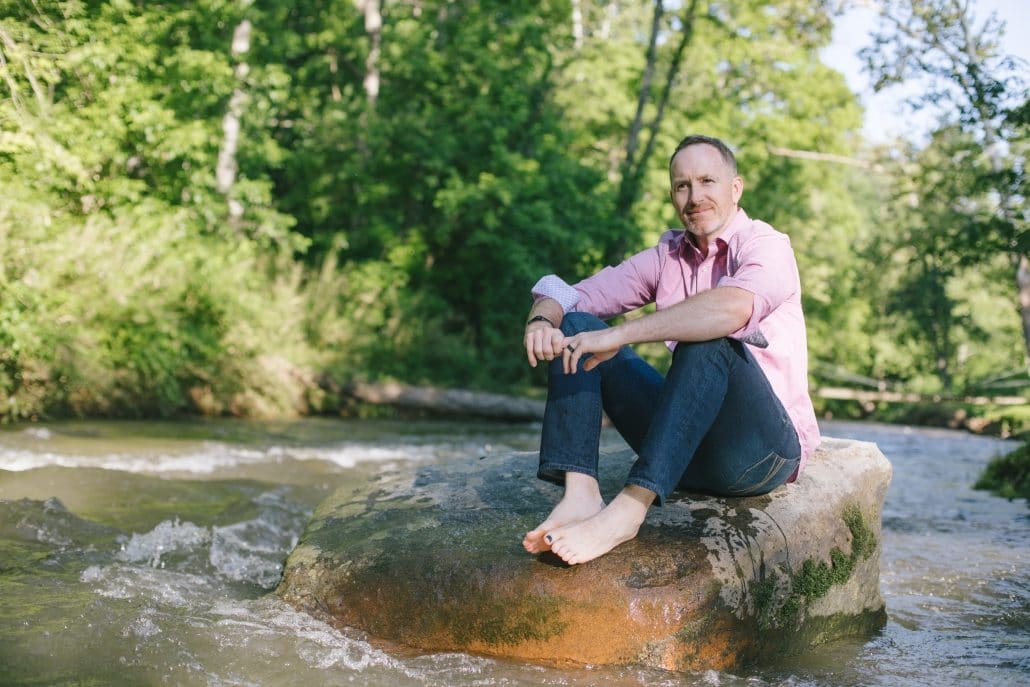Image by Tim Burleson/Frontier Group, courtesy Red Tree Builders
Some of the links in this article are affiliate links, meaning at no additional cost to you, we will earn a commission if you click through and make a purchase. Thank you for helping us continue to bring you great content.
By Elaine Markoutsas
BEAUTY IS IN THE EYE OF THE BEHOLDER
Whether it’s a cottage with a white picket fence or a sprawling mid-century modern home, picture perfect is in the eye of the beholder. So is one’s preferred layout and features, such as kitchen appliances, bath vanities, type of flooring and styles of lighting. But no matter what your aesthetic persuasions might be, most agree that the pandemic has inspired a lot of thought about how we want to live. So much so, that the National Association of Home Builders conducted a survey in the late summer of 2020 that questioned a sampling of 3,247 recent and prospective home buyers. The findings are the substance of a roughly 300-page book, “What Home Buyers Really Want,” and, of course, include green building trends and sustainable design as part of the conversation.
HOME BUYERS WANT FRESH AIR
But there’s still a ways to go. The survey concluded that only 15 percent are willing to pay more out of pure concern for the environment. To be fair, that needle hasn’t shifted much in the last five years. Nor has this one: buyers will pay around $9,292 to save $1,000 per year. And they are willing to spend more than $2,000 for green certification, assuring that a home meets above-code standard for health and wellness, with reduced toxins and allergens plus fresh air ventilation. “People are more willing to pay for things related to health,” says Paul Emrath, VP Surveys & Housing Policy Research for the NAHB, noting the correlation to the impact of Covid-19.
SURVEY SAYS…
In the survey, homeowners were asked to rate 250 features on a four-tier scale: essential (unlikely to buy a home without it); desirable (seriously influenced to buy home if included); indifferent (would not influence purchase); and do not want (not likely to buy a home with feature).
Of the top 10 features overall, two of those are green: Energy Star-rated windows and Energy Star-rated appliances. Of the top 10 green features, it’s no surprise that Energy Star windows and appliances plus energy-efficient lighting head the list. The Energy Star label and promotion of LED lighting have become widely known in consumer publications.
GREEN ARCHITECTURE IS CHANGING
Brandon Bryant, who serves as chair of healthy homes/healthy communities as well as sustainability and green building subcommittees for the NAHB, feels that education is key to making a dent in promoting sustainability. The founder of Red Tree Builders in Asheville, North Carolina, Bryant builds homes that prioritize craft and are inspired by nature. Homes are healthy built (materials plus air quality) and eco-friendly. And all are certified through the Department of Energy Zero Energy Ready Certification.
We talked to Bryant about how green architecture is changing and how being more aware of sustainability features will lead to greater acceptability.
Image by Tim Burelson/Frontier Group, courtesy Red Tree Builders
1. TIMELESS DESIGN
Q: Why has green design had such a tough entry?
A: For a long time, going green meant it had to be ugly. Now it can be beautiful. It doesn’t have to be trendy but have great street appeal, ideally—designs that will last 100 years and become landmarks of the community.
A house needs to look good and live well. People take care of things they like. And when you take care of things, they tend to last. It’s possible to build a quality house that’s not green, but you can’t build green without adding quality.
Our homes should evoke a beauty that inspires, makes the impact of raw materials and natural elements beneficial, and provides a connection to the outdoors and natural world.
2. DURABILITY
Q: Unless it’s FSC-certified, wood runs counter to the green initiative. What materials are you using?
A: People like a real wood aesthetic. But they don’t want the high maintenance. So there are other options, with no chemicals or preservatives. We try to give people beautiful aesthetics but also a green-build perspective.
Thermally modified: The wood is heated up, protecting it from rot and mildew.
Fiber cement: It’s been taken to the next level of beauty—it’s hard to tell the difference, whether it’s real wood or not.
Composite cladding: Mostly made out of recycled materials, with a wood look; they’ve taken composite decking (like Trex or Fiberon) and made siding material.
Steel: You have to see this in person. It’s steel that looks like wood. And we all know how durable steel is.
Editor’s note: In addition, there are eco-friendly porcelain tiles with wood grain looks, which can be used indoor or outdoor.
3. RESILIENCE
Q: You talk about resource efficiency and resilience—especially when it relates to landscaping. What does this mean?
A: Landscaping is part of curb appeal. But it’s also about landscaping to suit the site. We need to plant stuff that ensures we don’t have runoff. Even a vegetable garden can hold water in. A house can be very simple, but with the right landscaping (like xeriscaping in arid climates), it can be very efficient.

4. ENERGY EFFICIENCY
Q: There’s a lot of attention to windows—triple-pane and low E insulating glass, appliances and lighting—all with Energy Star ratings. What else is important in considering energy efficiency in the home?
A: We’re doing more in our homes. Cooking, working out, school work, press conferences. And we’re asking a lot more from our homes. We want zoned comfort. If I’m exercising, I may want it to be 65 degrees, not 72 degrees. But the kids may need 72 degrees in their rooms. We have the ability to control temperatures in every room of the house. We can do that with high-efficiency sensors. If we focus on healthy comfort, energy efficiency really comes with that.
Q: In the survey, 79 percent of people responded that an Energy Star rating for the whole home was desirable. What measures do you use?
A: The Home Energy Rating System (HERS) measures a home’s energy efficiency, like Miles Per Gallon (MPG) measures a car’s fuel efficiency. The lower the score, the more energy efficient the home. The rating for a code-built home is 130; 70 for an Energy Star home. We designed a traditional crafts-style brick home with precast walls and geothermal heating and cooling, with a HERS score in the 40s.
5. HEALTH AND WELLNESS
Q: Having an electronic air cleaner is No. 10 on the top 10 Green Features list, representing only 64 percent of respondents, with only 18 percent citing it as an essential. But aren’t homeowners increasingly more concerned with indoor air quality?
A: Only 4 percent think of a house in terms of health and wellness. Yet we spend 90 percent of our time indoors. With the pandemic, we’re thinking about air quality more. It’s a good place to quarantine, but not the healthiest.
All of the homes we build come with an Energy Recovery Ventilation (ERV) system. An ERV system delivers a fresh air feel, with little or no energy loss. It transfers heat and moisture from inside to the outside of the home, balancing humidity levels for improved comfort. The system also sends pollutants outdoors, making indoor air easier to breathe. During the warmer seasons, the system pre-cools and dehumidifies while humidifying and pre-heating in the cooler seasons. (Home dehumidification was No. 9 on the list).
Q: You said that a six-room house collects 40 pounds of dust laced with pathogens annually. And there’s a new fan that combines science and tech to virtually eliminate the problem. Tell us about it.
A: Fantech’s system uses UV-C (ultraviolet disinfectant) technology. It circulates air through a disinfection zone created by an integrated UV-C fixture. The UV-C rays continually kill up to 99.99 percent of harmful pathogens. The fan then returns purified air to the space. There also are sensors that tell you when indoor air quality is poor, then flushes it out with a fan that brings in clean air.
Q: You propose color as another component to wellness. Take us through that idea, which may be a surprise to builders.
A: Color can provoke emotion. As a builder, many don’t think about what this does to us mentally and spiritually. You don’t have to be a scientist to understand color. We should be saying, ‘These are the color palettes we should be looking at,” provoking physical and emotional connection, and embracing our well being by painting walls with intentions rather than saying, “Here’s a trend.”
6. BIOPHILIA
Q: More and more we hear the term biophilia. It’s all about connecting to nature. Why is this important in green building?
A: There’s a real energy we get from nature. Three-season screened porches bring green inside. Large windows connect to the outdoors. A patio or deck lies right outside. A living green wall grows behind a tub in a bathroom. Decks or patios are not just add-ons anymore. They’re essential to well being.
7. An overall green plan
Q: You talk about self-sufficient housing. Besides smart technology, what do you mean?
A: Let’s take it to the next level: Zero carbon homes. We’re eliminating gas with induction cooktops. We’re using heat pump water heaters, which use electricity to move heat instead of generating heat directly. (During periods of high demand for hot water, they switch to electric resistance heat, a hybrid.)
We’re home more, so our power bills are more expensive. People are asking about solar and battery storage. They’re looking for things my home can do that are not on my checklist.
We don’t put solar on every home, but we pre-wire for it. We also may rough in a charging station for electric autos for later use. It’s a very holistic approach and a good example of what we can prepare for without going all in.
Education is Key
In the end, Bryant says education is key. “When I drove a Tesla for the first time,” he says, “I couldn’t figure out how to lock the doors. It’s got a steering wheel and gas pedals, but I needed instructions. When we’re living in high performance homes with bells and whistles, we need to know how to operate smart tech like a Nest thermometer. How to cook with induction (changing from gas really helps indoor air quality, and the cooking is just as good, if not better). And how to maintain your ERV filters. Almost everyone asks what we are going to do for indoor air quality. When we explain, some are surprised. They say, “I didn’t realize you could help me out with my asthma. This can change my life.”
It’s possible to build a quality house that’s not green, but you can’t build green without adding quality.











